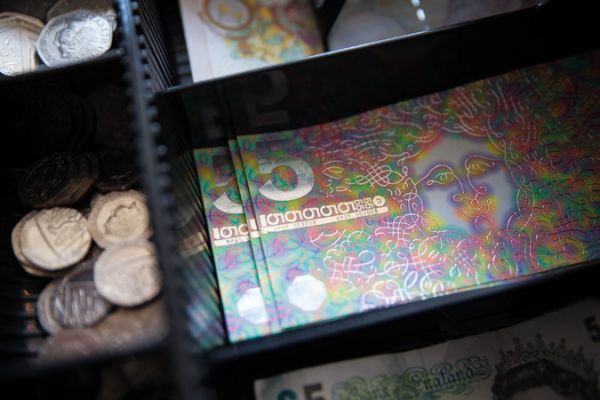Take
a trip to Bixton, a trendy neighborhood in London. At many popular,
independently owned cafes and shops, you can pay in the local currency.
That’s not the British pound. It’s a locally produced and accepted bill
called the Brixton pound. It reflects a trendy
new fashion: artisanal currency. Dan Crane writes about it in the
New York Times:
These
are small-batch currencies designed by locals and lovingly handled by
millennials, who came of age during the rise of the Internet, the
meltdown of the stock market and Edward Snowden’s National Security
Agency revelations, and would be forgiven for becoming more wary of
credit and debit cards. […]
Many of the new alternative currencies
have the look and feel of the regular legal tender accepted at such
places. Most include anticounterfeiting measures like holograms and
serial numbers. But they are more eye-catching.
These paper bills lack government backing, but they’re accepted in communities that want to keep their money local:
The
local currency, though, is intended not as collectible but to encourage
trade at the community businesses where they are accepted, rather than
chain stores, where money taken in tends to flow out of town and into
the coffers of multinational corporations. (Compare it to the farmers’
market: Homegrown lettuce now has a whole new meaning.)


No comments:
Post a Comment